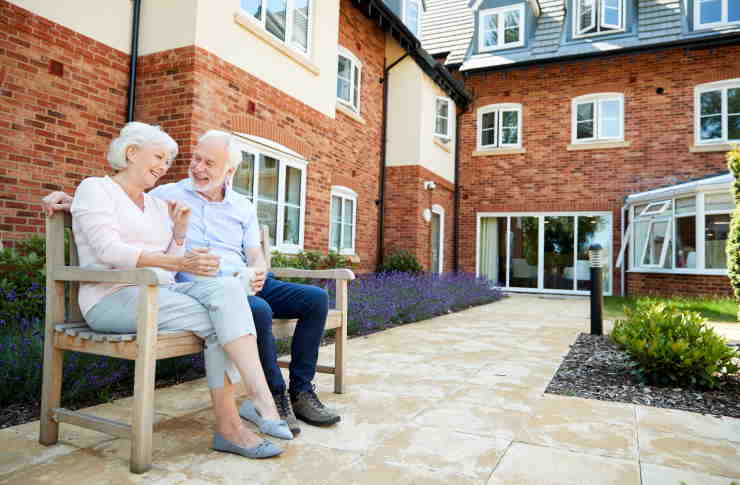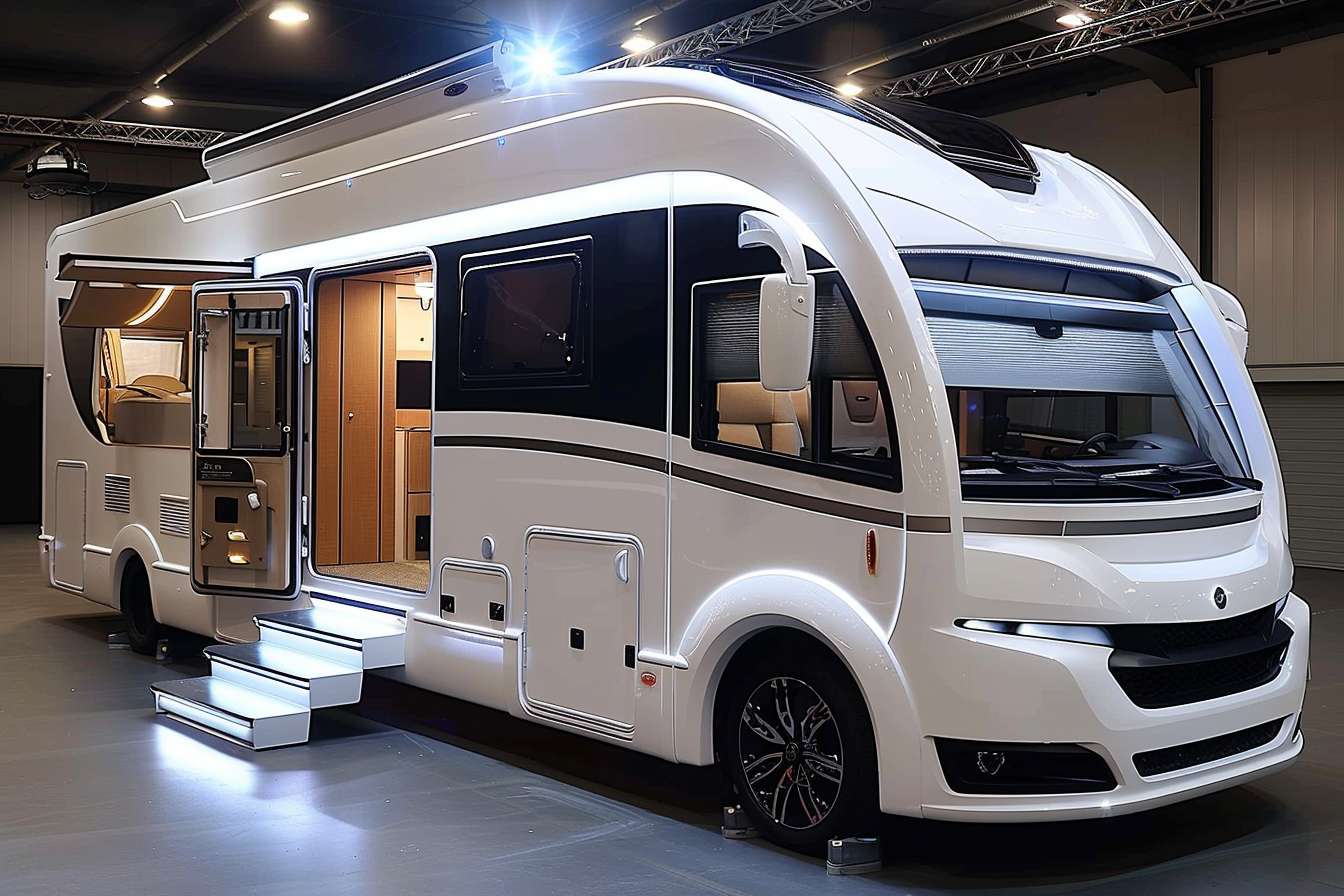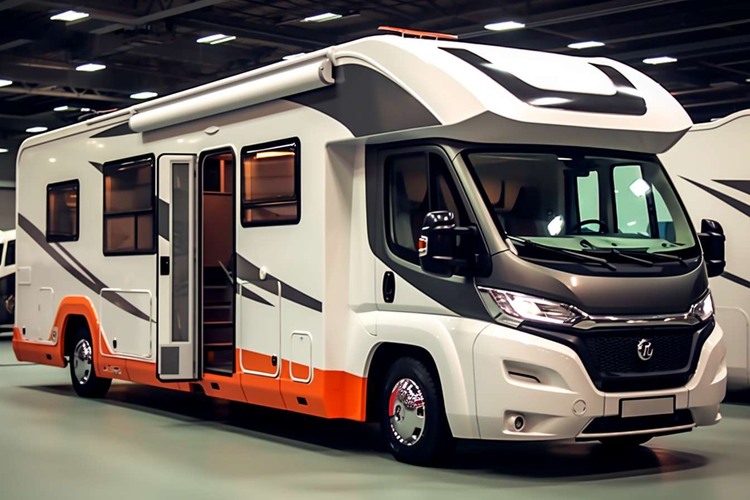Senior Living Options: Exploring Over 55 Cottages and 2-Bedroom Senior Homes
As older adults approach retirement age, housing needs often evolve to accommodate changing lifestyles and health requirements. Senior living options have diversified significantly in recent decades, offering various levels of independence, support, and community engagement. Among these choices, over 55 cottages and 2-bedroom senior homes have emerged as popular options that balance privacy with community connection. These housing alternatives provide seniors with right-sized living spaces that maintain independence while offering age-appropriate amenities and design features that support aging in place.

Over 55 Cottages: Independent Living With Community Benefits
Over 55 cottages represent a distinctive segment of the senior housing market that combines the privacy of single-family homes with the advantages of community living. These residential developments are specifically designed for active adults aged 55 and older who seek independent living without the maintenance burdens of traditional homeownership. Typically arranged in campus-like settings, these cottages provide single-story living with private outdoor spaces while offering shared amenities such as walking paths, community centers, and organized activities.
The primary appeal of over 55 cottage communities lies in their balance of independence and connection. Residents maintain their private homes while benefiting from reduced exterior maintenance responsibilities, as landscaping and sometimes exterior repairs are handled by the community association. This arrangement allows seniors to spend less time on home upkeep and more time enjoying retirement activities. Additionally, the community aspect addresses isolation concerns by fostering natural social connections through proximity and shared spaces.
2-Bed Senior Homes: Perfect Spaces for Downsizing Seniors
Two-bedroom senior housing options offer ideal accommodations for older adults transitioning from larger family homes. These residences provide sufficient space for comfortable living without the excess square footage that can become burdensome to maintain. The second bedroom serves multiple purposes: as a guest room for visiting family, a home office, a craft room, or an exercise space. This flexibility makes 2-bedroom configurations particularly popular among downsizing seniors who want to simplify their living situation without sacrificing comfort or functionality.
These homes are designed with senior needs in mind, typically featuring single-level layouts to eliminate stair navigation. Open floor plans enhance mobility and accessibility while maximizing natural light. Many 2-bedroom senior homes include modern amenities like updated kitchens and bathrooms, energy-efficient appliances, and smart home features that can simplify daily living tasks. For seniors who value both adequate personal space and manageable proportions, 2-bedroom options strike an optimal balance.
Senior Living 2-Bedroom Options: Variety and Flexibility
The 2-bedroom format appears across multiple categories of senior living, offering flexibility that adapts to residents’ evolving needs. In independent living communities, 2-bedroom apartments or cottages provide self-contained living with optional community dining and activities. Assisted living facilities offer similar 2-bedroom floor plans but include personal care services and meal preparation. Some continuing care retirement communities (CCRCs) feature 2-bedroom residences across their independent, assisted, and memory care sections, allowing residents to maintain consistent living arrangements even as care needs change.
The versatility of 2-bedroom configurations extends to different household compositions as well. These spaces accommodate senior couples, singles who want extra room for hobbies or guests, and arrangements where seniors live with caregivers or companions. Some communities also offer semi-private 2-bedroom options where unrelated seniors share housing costs while maintaining private bedroom spaces—an increasingly popular arrangement that addresses both financial and social needs.
Senior Houses: Age-Friendly Design Features
Modern senior housing incorporates thoughtful design elements that anticipate the physical changes that often accompany aging. Zero-step entries eliminate tripping hazards at doorways. Wider doorways and hallways accommodate mobility devices when needed. Bathroom adaptations often include walk-in showers with built-in seating, grab bars, and higher toilet heights for easier transfers. Kitchens feature accessible cabinetry, countertops at multiple heights, and appliances positioned to reduce bending and reaching.
Lighting design receives special attention in senior-friendly housing, with increased illumination levels, reduction of glare, and thoughtful placement to enhance visibility and safety. Flooring selections prioritize slip-resistance while remaining comfortable for walking. Many newer senior residences incorporate smart home technology that allows for remote control of lighting, temperature, and security systems. These design considerations support aging in place by adapting to changing physical needs while maintaining an aesthetically pleasing residential environment.
Senior Citizen Homes: Options Across the Care Spectrum
The senior housing market encompasses a continuum of options that vary by independence level and care provision. Independent living communities cater to active seniors who need minimal assistance, offering maintenance-free living with recreational amenities. Assisted living provides additional support with activities of daily living such as medication management, bathing assistance, and transportation services. Memory care facilities specialize in supporting those with Alzheimer’s disease and other forms of dementia through secure environments and specialized programming.
Skilled nursing facilities deliver the highest level of care outside hospitals, with 24-hour nursing presence and rehabilitation services. The growing segment of CCRCs combines all these care levels on one campus, allowing residents to transition between service levels as needs change without relocating to unfamiliar settings. This range of options enables seniors and their families to select housing that appropriately matches current needs while planning for potential future requirements.
Senior living housing costs vary significantly based on location, amenities, and care levels provided. Independent living cottages in age-restricted communities typically range from $1,500 to $4,000 monthly, while 2-bedroom assisted living apartments generally command $4,000 to $7,500 per month depending on included services and geographic location.
Prices, rates, or cost estimates mentioned in this article are based on the latest available information but may change over time. Independent research is advised before making financial decisions.
Housing decisions for seniors involve careful consideration of current and anticipated needs, financial resources, location preferences, and available support systems. The evolution of senior living options has created a diverse marketplace that can accommodate various preferences and requirements. By understanding the distinctive features of over 55 cottages, 2-bedroom senior homes, and the spectrum of care-focused residences, older adults and their families can make informed choices that support both quality of life and practical aging considerations.
This article is for informational purposes only and should not be considered medical advice. Please consult a qualified healthcare professional for personalized guidance and treatment.




